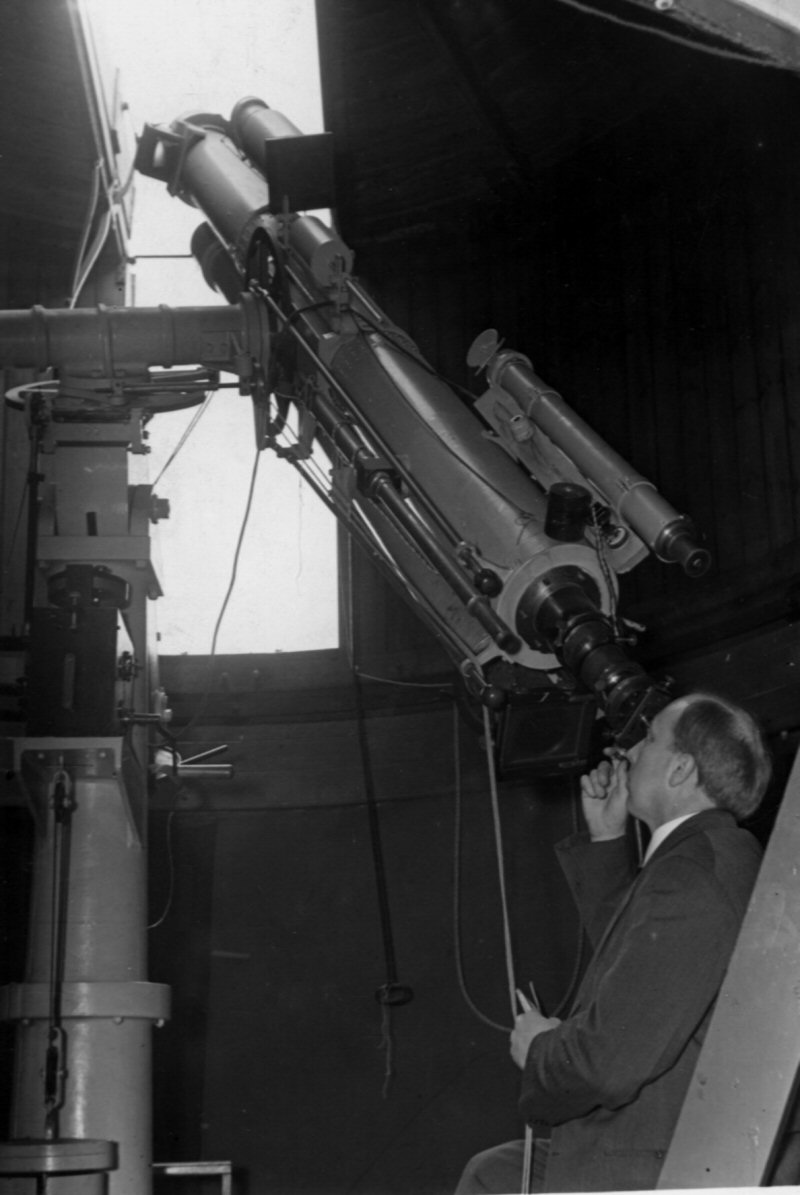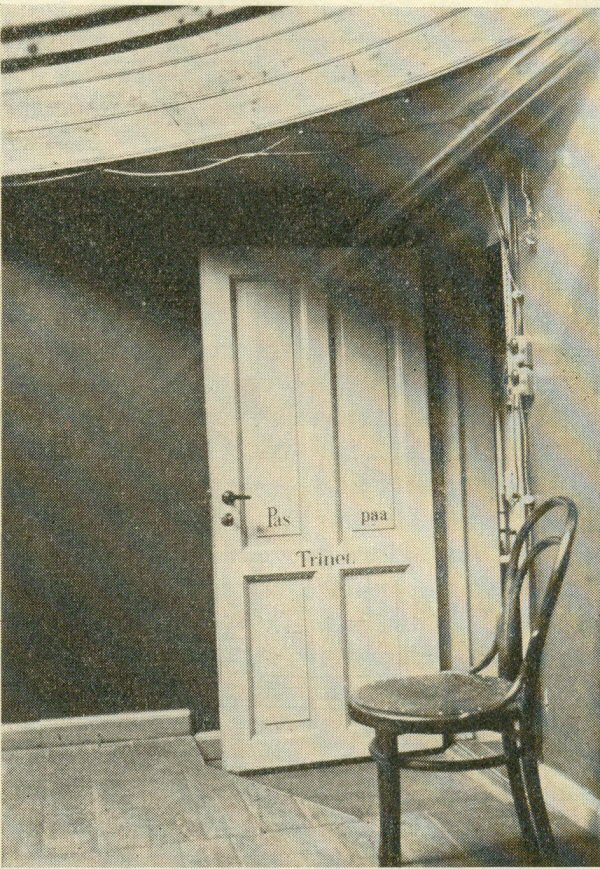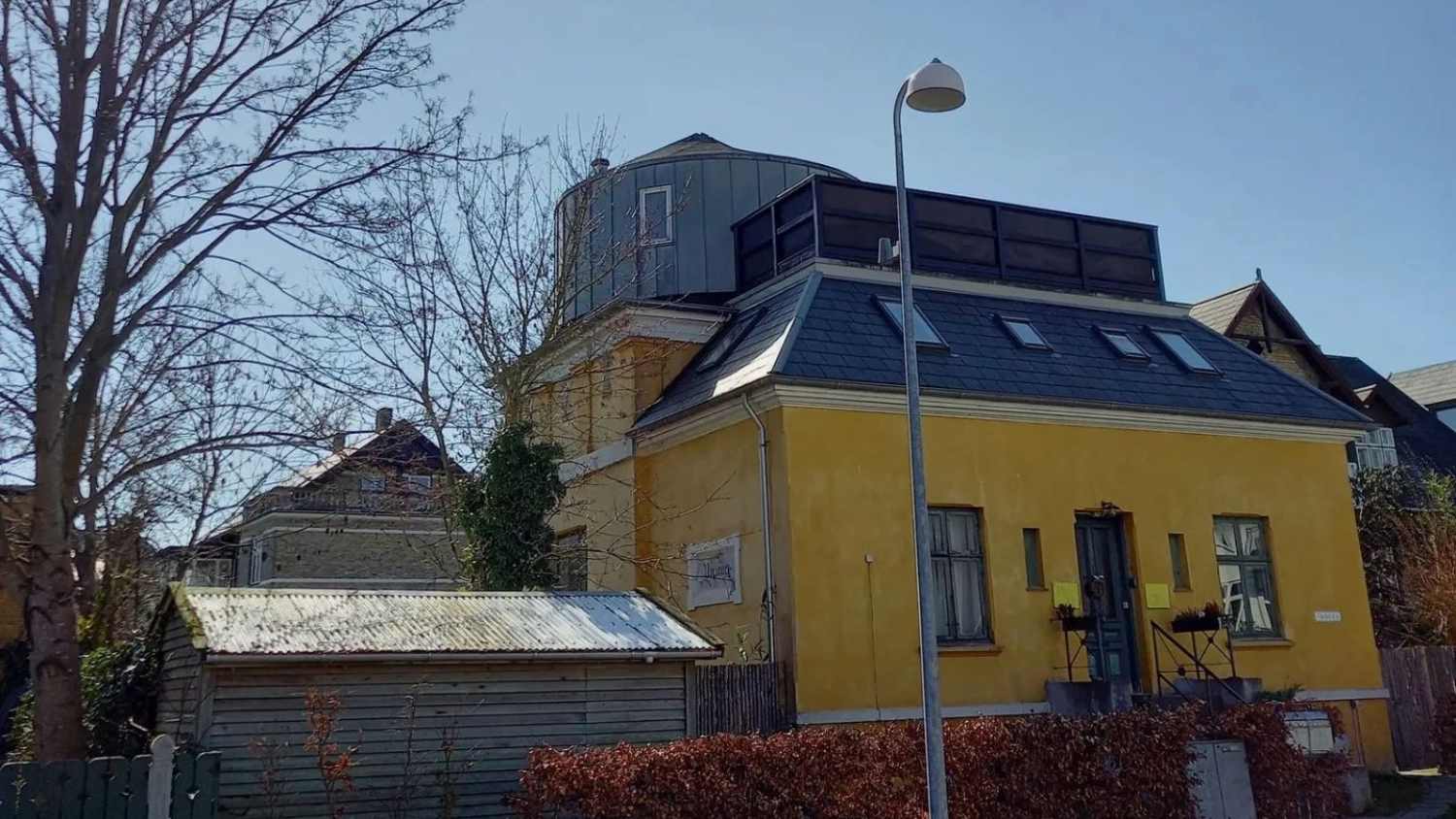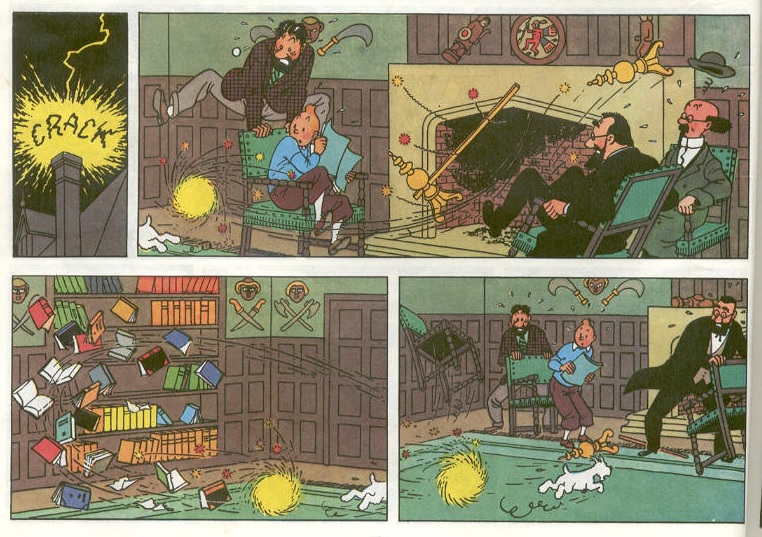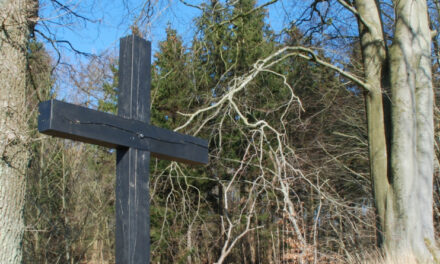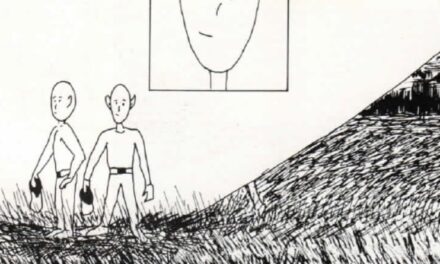In 1939, a villa in Frederiksberg was the site of one of history’s most highly profiled ball lightning incidents. Read the fascinating account of it here
Great Balls of thunder
In April 1939, astronomer Carl Luplau Janssen and his wife had a rare and dramatic (and at the time widely publicized) experience at the Danish astronomical observatory Urania in Frederiksberg. The couple had been living there since 1918, however the observatory itself was built as an extension to an already existing villa in 1897–98, by Danish amateur astronomer Victor Nielsen.
Luplau Janssen had just finished repairing the chair in the observation room, when he heard a violent hissing noise. He looked at the slit of the telescope, and saw that the weights attached to the levers used for opening it were shooting long electrical sparks. Then, a glowing ball of light appeared in the sky and flew down through the window into the observation room.
C. Luplau Janssen at the Urania telescope, with the slit open (year unknown)
The ball continued through the door leading into the corridor before entering the observatory’s library, where Luplau Janssen’s wife could see it from the kitchen. She noticed that it covered the entirety of a “mind the step” inscription on a door approximately half a meter in length, from which she concluded that it was half a meter in diameter. Mr. Luplau described the ball lightning as more egg-like than perfectly spherical, with the round end being the front. This front end’s colour was red but the tapering narrower rear end a bluish white.
The door reading “mind the step” in Danish
The ball took only six seconds to pass through the entire observatory, not just the observation room, which covered a distance of a total 8 meters. When Luplau Janssen ran through the corridor chasing the ball, he could no longer see it, but he did hear two roaring thunderclaps. He immediately checked the telephone, radio and electrical circuit in the observatory to find out – to his surprise – that all of the electrical appliances were perfectly intact.
Both doors on the stove in the library, on the other hand, had been torn open and large amounts of ash and soot were spread across the library. When Luplau looked more closely at the stove, he also saw that it bore signs of melting. There was no doubt that the ball lightning had left through the stovepipe.
Several people in the neighbourhood would report that they had seen not just one, but two fireballs ascending through the observatory’s chimney that evening. A short, but very intense thunderstorm erupted shortly after the sighting of the ball lightning.
Recent photo of Dronning Olgas Vej 35, where the distinctive dome of Urania can still be seen
Commentary
Luplau Janssen’s experience was then, as well as today, understood to be a rare instance of ball lightning. Ball lightning is sometimes offered as a possible explanation for certain UFO sightings and one can certainly understand why.
In the 1930’s, it was still a matter of dispute within the scientific community whether or not ball lightning was more than a myth. In fact, up until his own experience, Luplau himself did not believe that the phenomenon actually existed.
Even today, ball lightning is not really understood in depth by science, even though its existence is now confirmed. Meteorologists still do not know how ball lightning comes into existence, only that there is some kind of connection with the weather. And indeed, the fact that a very intense thunderstorm erupted shortly after the Urania incident, confirms this connection.
Fans of the Belgian comic book Tintin might recall that a similar episode to the above occurs in the 13th volume “The Seven Crystal Balls”. Tintin creator Hergé started writing that episode in 1943 but was not finished until 1948 because of the war. In “The Seven Crystal Balls”, a ball lightning enters the private laboratory of a scientist and wreaks much havoc. It is not unlikely that Hergé could have been inspired by the Urania incident, as Luplau Janssen’s sighting even made its rounds in the newspapers outside of Denmark.
The ball lightning scene in “Tintin and The Seven Crystal Balls”, showing the similarity to the Luplau Janssen incident
Sources
- Carl Luplau Janssen — Kuglelynet d. 17. april 1939 (Urania #2, November 1943)
- Hergé – Tintin and the Seven Crystal Balls”
- Kuglelyns Dramatiske Besøg på Observatorie (Politiken, 18. April 1938)
- Ole Henningsen — Ildkugler over Danmark — om sten der aldrig fløj (Skandinavisk UFO Information, 2018)
- Thomas Brisson Jørgensen – Uidentificerede Flyvende…Kuglelyn (UFO-Mail #148, 2012)


